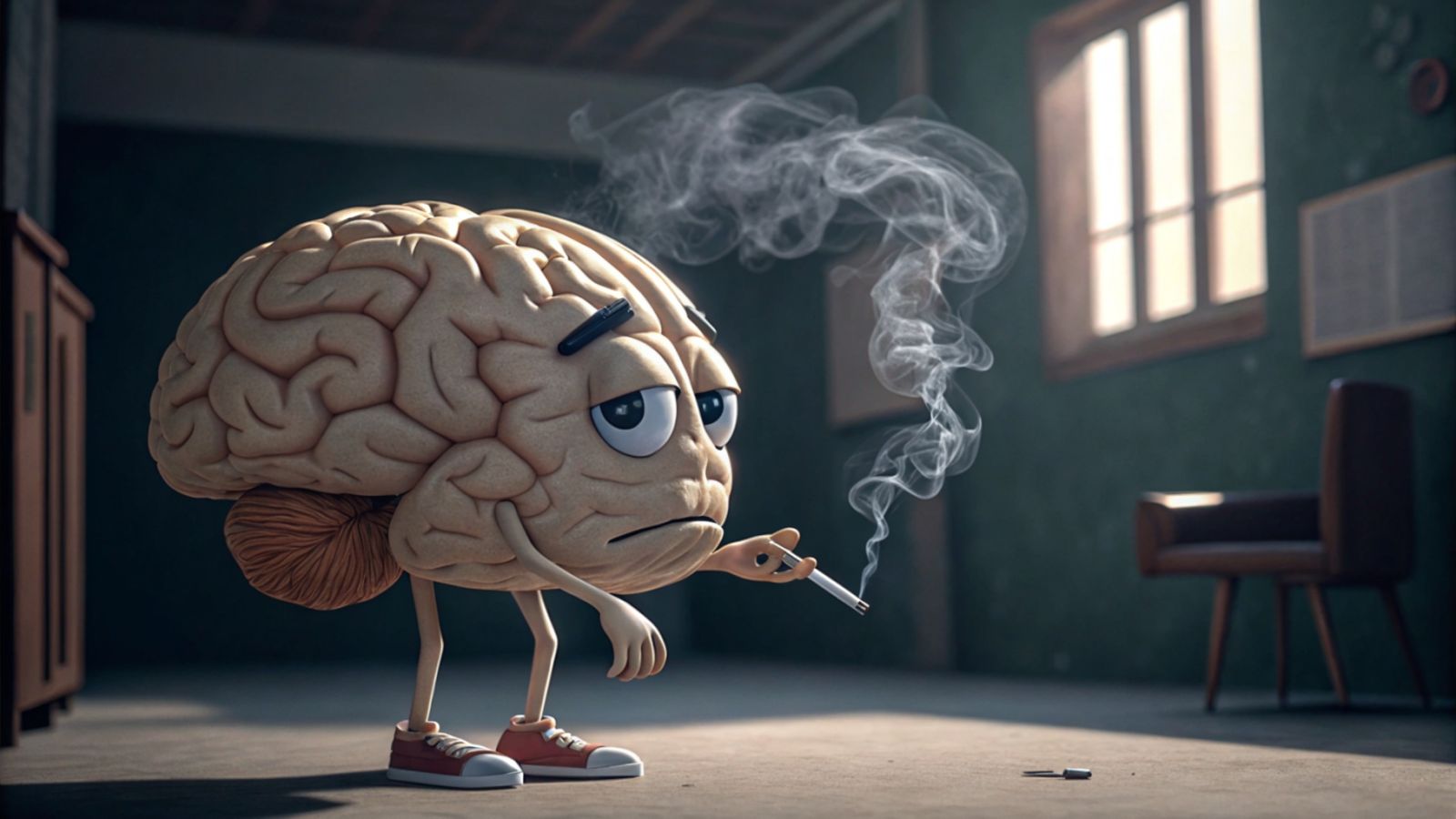Follow us on Google News (click on ☆)
This finding could help researchers explain why people who use both cannabis and tobacco often report greater symptoms of depression and anxiety, and why they find it more difficult to quit cannabis than those who use cannabis alone.

"This is the first time we've observed, in humans, a molecular mechanism that could explain why people who use both cannabis and tobacco have poorer health outcomes," says Rachel Rabin, lead author, associate professor in the Department of Psychiatry at McGill University and researcher at the Douglas Centre.
"The discovery of this mechanism is an important step toward identifying targets for future medications to treat cannabis use disorders, particularly in people who also use tobacco. Currently, the only available treatments are behavioral therapies such as counseling," she specifies.
In Canada, about one in twenty people who have used cannabis in the past year are considered at risk for cannabis use disorder. This figure rises to one in three among people who smoke it more frequently.
While smoking rates are generally declining, most people who use cannabis also smoke tobacco, the researchers note. Professor Rabin points out that until now, most researchers have studied cannabis and tobacco use separately. This preliminary study begins to fill the gaps left by previous studies.
Alteration of the "happiness molecule" in the brain
PET brain imaging revealed that people who used both tobacco and cannabis had higher levels of FAAH than those who only smoked cannabis. FAAH is the enzyme that breaks down anandamide, a natural molecule sometimes called the "happiness molecule" because of its role in regulating mood and stress. The more FAAH there is, the less anandamide there is. This is a phenomenon previously associated with anxiety, depression, and relapse after attempting to quit cannabis.
The researchers analyzed brain imaging data from 13 young adults. Eight of them smoked only cannabis, while five also smoked cigarettes daily. Cannabis users smoked on average just over one gram per day, while cigarette consumption varied between one and twelve cigarettes per day.
Since the data had been collected for another study, the research did not include a group of people who used only tobacco. Therefore, it's possible that tobacco alone caused this alteration. However, the researchers believe the results suggest that other factors are at play.
"What surprised us was the strength of the effect and the difference between people who used only cannabis and those who used both tobacco and cannabis," admits Romina Mizrahi, co-author, professor of psychiatry and director of the Cannabis Research Centre at McGill University.
The research team is currently recruiting people who smoke cigarettes and others who vape nicotine for a new study in which they will seek to determine whether the same brain changes occur without cannabis.
The study The article "A preliminary investigation of tobacco co-use on endocannabinoid activity in people with cannabis use", by Rachel Rabin, Joseph Farrugia, Ranjini Garani and Romina Mizrahi, was published in Drug and Alcohol Dependence Reports.